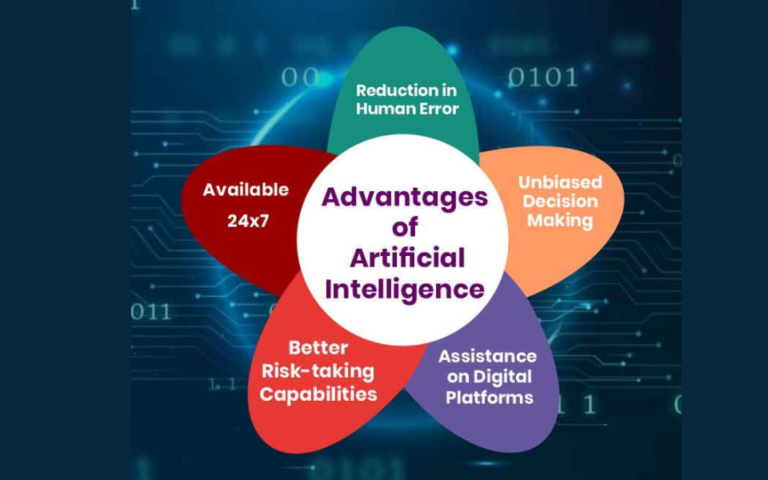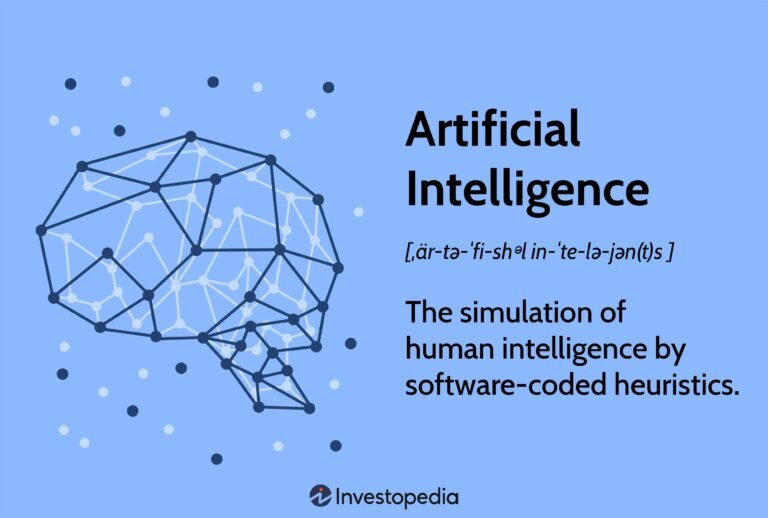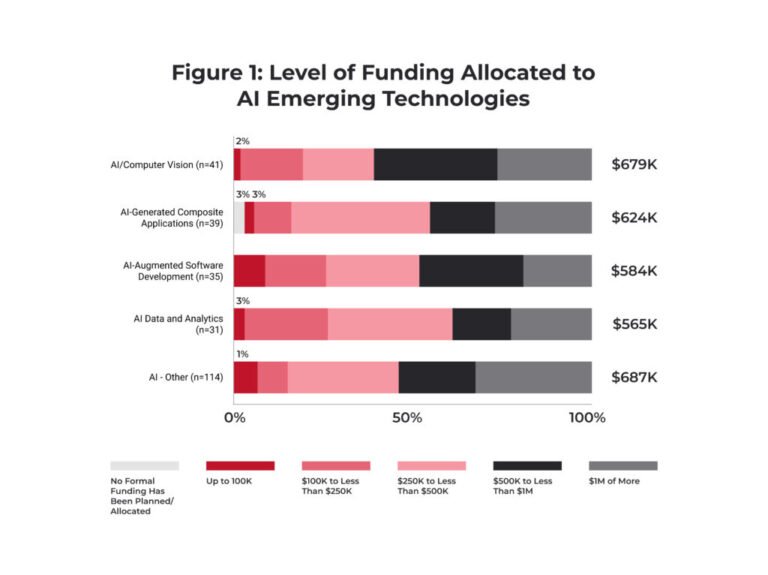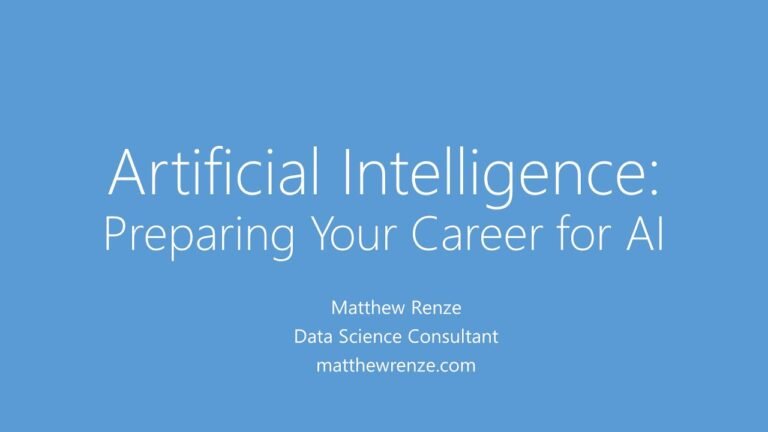How To Make AI More Accessible: How Can We Make AI More Accessible To Everyone, Regardless Of Their Technical Expertise?
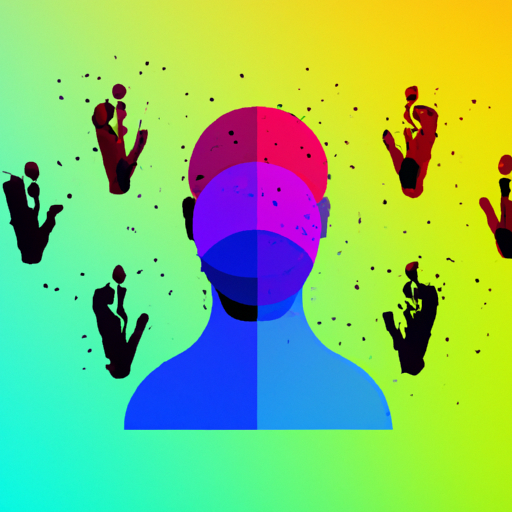
In today’s tech-driven world, artificial intelligence (AI) plays an increasingly significant role in various aspects of our lives. From virtual assistants to predictive algorithms, AI has the potential to revolutionize the way we work and live. However, one major hurdle remains: the accessibility of AI to the general population. Whether it’s due to limited technical expertise or a lack of familiarity, many individuals find themselves excluded from reaping the benefits of AI. But fear not, because this article will explore actionable steps to make AI more accessible to everyone, ensuring that no one is left behind in the AI revolution.
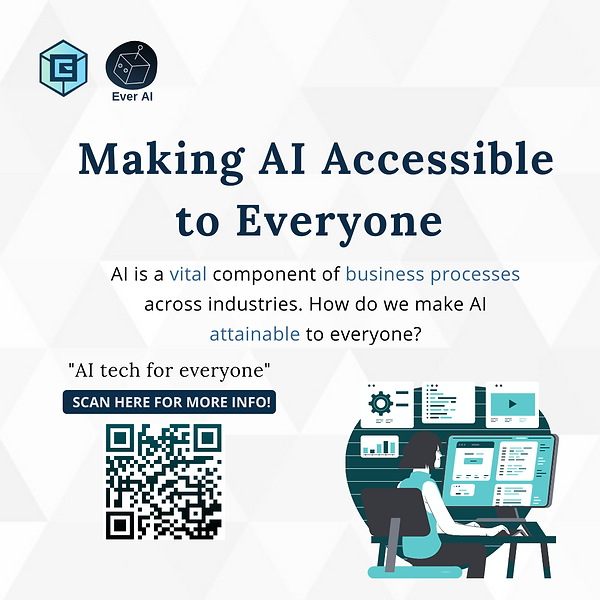
This image is property of static.wixstatic.com.
Understanding the Problem
Lack of Technical Expertise as a Barrier
One of the main barriers to making AI accessible to everyone is the lack of technical expertise. AI technologies often require a deep understanding of complex algorithms, coding languages, and advanced programming skills. This poses a significant challenge for individuals who do not have a technical background or have limited knowledge in this field. Without the necessary technical expertise, it becomes difficult for individuals to utilize and benefit from AI technology.
Benefits of Making AI Accessible
Despite the obstacles faced by individuals with limited technical expertise, making AI accessible to everyone has numerous benefits. AI has the potential to enhance various aspects of our lives, from improving healthcare and education to optimizing business operations and increasing efficiency. By making AI technology accessible to a wider range of individuals, we can unlock its full potential and empower more people to leverage its benefits in their personal and professional lives.
Improving Accessibility Through Simplification
Reducing Complexity in User Interfaces
To make AI more accessible, it is crucial to reduce the complexity of user interfaces. User interfaces play a vital role in facilitating interaction between users and AI systems. By simplifying the design and layout of AI interfaces, individuals with limited technical expertise can navigate and use AI systems more easily. This can be achieved by providing clear instructions, minimizing technical jargon, and incorporating user-friendly visual elements.
Providing Intuitive Design and Interaction
In addition to reducing complexity, AI platforms should prioritize intuitive design and interaction. Intuitive design enables users to understand and navigate AI systems without extensive training or technical knowledge. By incorporating familiar and easy-to-use design principles, individuals can interact with AI systems more intuitively, resulting in a smoother and more inclusive user experience.
Enhancing User Experience
Enhancing the overall user experience is another crucial aspect of improving AI accessibility. AI platforms should provide clear guidance, feedback, and support throughout the user journey. This may include interactive tutorials, tooltips, and contextual help features to assist users with various levels of technical expertise. By prioritizing user satisfaction and continuously refining the user experience, AI platforms can become more accessible and user-friendly.
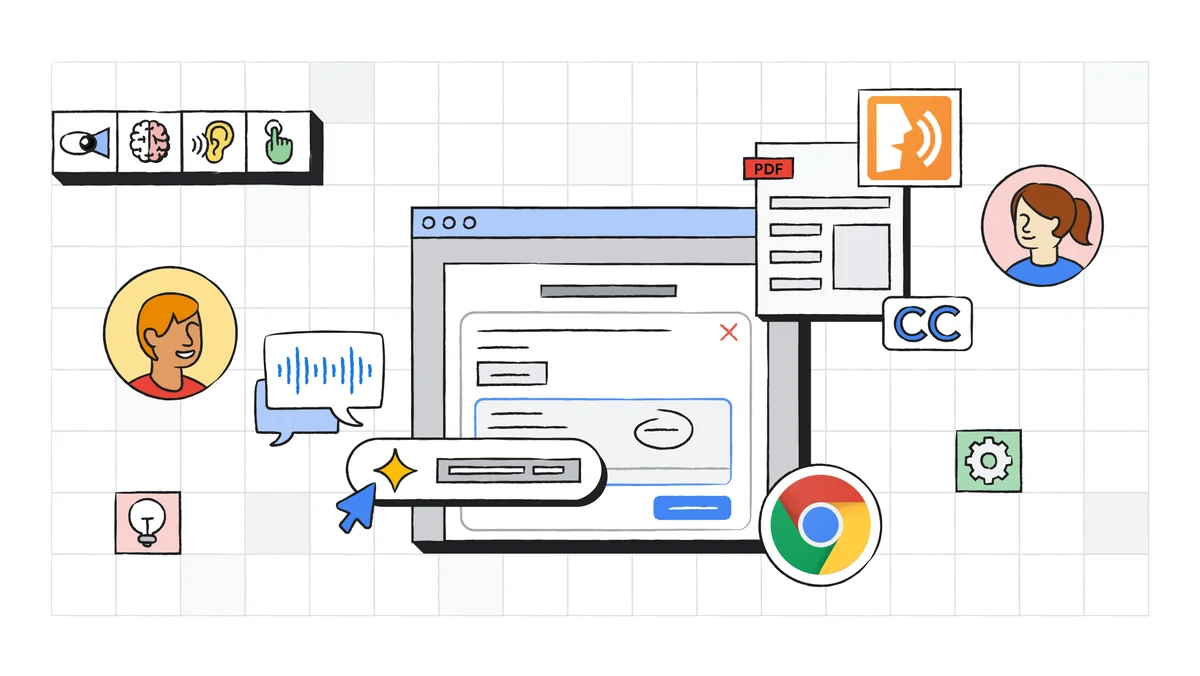
This image is property of storage.googleapis.com.
Building User-friendly AI Platforms
Developing AI Tools for Non-Technical Users
To bridge the gap between technical and non-technical users, it is necessary to develop AI tools specifically designed for individuals with limited technical expertise. These tools should offer simplified interfaces, step-by-step guidance, and automated processes to enable users to leverage AI technology without extensive technical knowledge. By catering to the needs of non-technical users, AI tools can become more accessible and inclusive.
Creating User-Focused AI Modules
Another way to improve the accessibility of AI is by creating user-focused AI modules. These modules should address specific tasks or challenges commonly encountered by individuals with limited technical expertise. By providing pre-built AI modules that can be easily integrated into existing systems or applications, individuals can leverage AI capabilities without the need for extensive technical implementation. This approach enables non-technical users to benefit from AI technology without facing overwhelming technical complexities.
Offering Customizable AI Solutions
To further enhance accessibility, AI platforms should offer customizable solutions that can be tailored to the specific needs and preferences of individual users. Customization options allow users to adapt AI technology to their unique requirements without requiring extensive technical knowledge or programming skills. By empowering users to personalize AI systems according to their needs, accessibility and user satisfaction can be significantly improved.
Increasing AI Awareness and Education
Promoting AI Literacy
Increasing AI literacy among individuals with limited technical expertise is essential for making AI more accessible. By promoting awareness and understanding of AI concepts, applications, and potential benefits, individuals can develop a foundational knowledge that enables them to engage with AI technology more confidently. This can be achieved through educational campaigns, workshops, and community initiatives that demystify AI and make it more approachable.
Providing Educational Resources and Training
To support the development of AI literacy, it is crucial to provide educational resources and training opportunities for individuals with limited technical expertise. This can include online tutorials, video courses, and learning platforms specifically designed to teach AI concepts in a user-friendly and accessible manner. By equipping individuals with the necessary knowledge and skills, AI can become more accessible and inclusive.
Encouraging Collaboration and Learning Communities
Creating collaborative and inclusive learning communities can greatly contribute to improving AI accessibility. By promoting peer-to-peer knowledge sharing, non-technical individuals can learn from others with similar backgrounds and experiences. This can be facilitated through online forums, discussion boards, and networking events that foster a sense of community and provide support for individuals navigating the world of AI.

This image is property of www.analyticssteps.com.
Addressing Ethical Concerns
Ensuring Transparency and Explainability
Addressing ethical concerns is paramount in making AI accessible to everyone. It is crucial to ensure transparency and explainability in AI systems to build trust and eliminate biases or discriminatory practices. By providing clear explanations of how AI systems work, individuals can better understand AI technology and its impact on their lives. This transparency can be achieved through clear documentation, open-source initiatives, and responsible AI practices.
Establishing Ethical Guidelines and Regulations
To promote ethical AI development and usage, it is necessary to establish comprehensive guidelines and regulations. These guidelines should address issues such as data privacy, algorithmic bias, and accountability. By establishing a robust ethical framework, individuals with limited technical expertise can have confidence that AI technology is being developed and deployed in an ethical and responsible manner, ensuring fairness and equal access for all.
Fostering Inclusive AI Development
Diverse Representation in AI Development
Fostering inclusive AI development requires diverse representation in the creation and decision-making processes. Including individuals from diverse backgrounds and experiences ensures that AI systems are built with a broader range of perspectives in mind. By incorporating diverse voices, AI technology can become more inclusive, avoiding biases and better meeting the needs of a diverse user base.
Mitigating Bias in AI Systems
Bias in AI systems presents a significant challenge to accessibility and fairness. To ensure equitable access and treatment, it is important to actively mitigate biases present in AI algorithms and datasets. This can be achieved through rigorous testing, diverse data collection, and ongoing monitoring and evaluation to address and correct bias. By actively working to mitigate bias, AI can become a more reliable and accessible tool for everyone.

This image is property of storage.googleapis.com.
Collaborating with Non-Technical Experts
Involving Non-Technical Stakeholders in Design Process
Collaborating with non-technical experts is essential for creating user-friendly and accessible AI systems. Involving individuals with diverse backgrounds, experiences, and perspectives from the early stages of AI design ensures that their voices are heard and their needs are considered. This can be achieved through user research, focus groups, and iterative design processes that involve non-technical stakeholders throughout the development lifecycle.
Engaging User Feedback and Co-creation
Engaging users in the feedback and co-creation process is another crucial aspect of making AI more accessible. By actively seeking input and feedback from individuals with limited technical expertise, AI platforms can identify and address usability challenges, refine functionality, and enhance the overall user experience. User feedback should be integrated into the development process, ensuring that AI systems meet the needs of non-technical users.
Supporting AI Assistive Technologies
Enabling Assistive AI Tools
Supporting AI assistive technologies plays a crucial role in making AI accessible to individuals with disabilities or specific accessibility needs. Assistive AI tools can empower individuals with limited technical expertise by providing personalized assistance, improving accessibility features, and enhancing the overall usability of AI systems. By harnessing the power of AI to support accessibility, we can create a more inclusive AI landscape.
Developing AI for Accessibility Purposes
Developing AI specifically for accessibility purposes is another meaningful way to improve AI accessibility. This involves creating AI systems and algorithms that can cater to a broader range of individuals with diverse needs. By addressing accessibility considerations from the outset, AI can be designed to provide equal access and benefits to individuals with varying abilities, further promoting inclusivity.

This image is property of storage.googleapis.com.
Making AI Affordable and Accessible
Reducing Costs of AI Technologies
The affordability of AI technologies plays a crucial role in making them accessible to everyone. Reducing the costs associated with AI hardware, software, and implementation can lower the entry barrier for individuals with limited financial resources. This can be achieved through advancements in technology, economies of scale, and government initiatives that promote affordable access to AI technology.
Providing Free or Low-cost AI Solutions
In addition to reducing costs, providing free or low-cost AI solutions can significantly enhance accessibility. This can be done through open-source AI platforms, community-driven projects, or initiatives that offer discounted or subsidized AI tools for individuals or organizations with limited resources. By making AI solutions more affordable, we can ensure that cost is not a barrier to accessing the benefits of AI technology.
Overcoming Legal and Regulatory Barriers
Addressing Intellectual Property Concerns
Addressing legal and intellectual property concerns is essential for making AI more accessible. Intellectual property rights can sometimes hinder the development, distribution, and adoption of AI technology. By establishing clear guidelines and frameworks for intellectual property in AI, individuals with limited technical expertise can navigate legal barriers more easily, fostering a more inclusive AI ecosystem.
Navigating Privacy and Data Protection Laws
Navigating privacy and data protection laws is another critical aspect of ensuring AI accessibility. Individuals with limited technical expertise may have concerns about the privacy and security of their data when interacting with AI systems. By implementing robust privacy measures, complying with data protection regulations, and providing transparent data handling practices, AI platforms can alleviate these concerns and build trust among users.
In conclusion, making AI more accessible to everyone, regardless of their technical expertise, requires a multi-faceted approach. By addressing barriers such as the lack of technical expertise, promoting AI literacy, and fostering inclusive development, we can create a more accessible AI landscape. Through collaboration, education, and the implementation of ethical guidelines, AI can be harnessed as a powerful tool that benefits individuals from all walks of life. Ensuring affordability, usability, and inclusivity will pave the way for a future where AI is truly accessible to everyone.
Want to write articles like us? Get your copy of AI WiseMind here!

